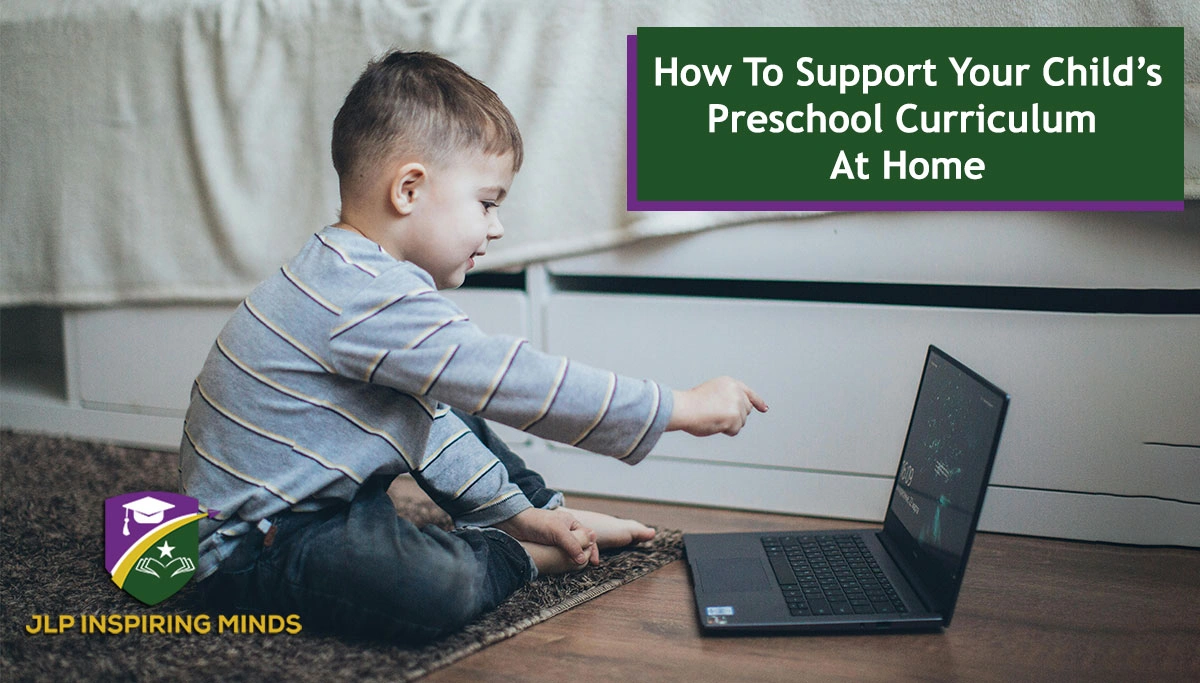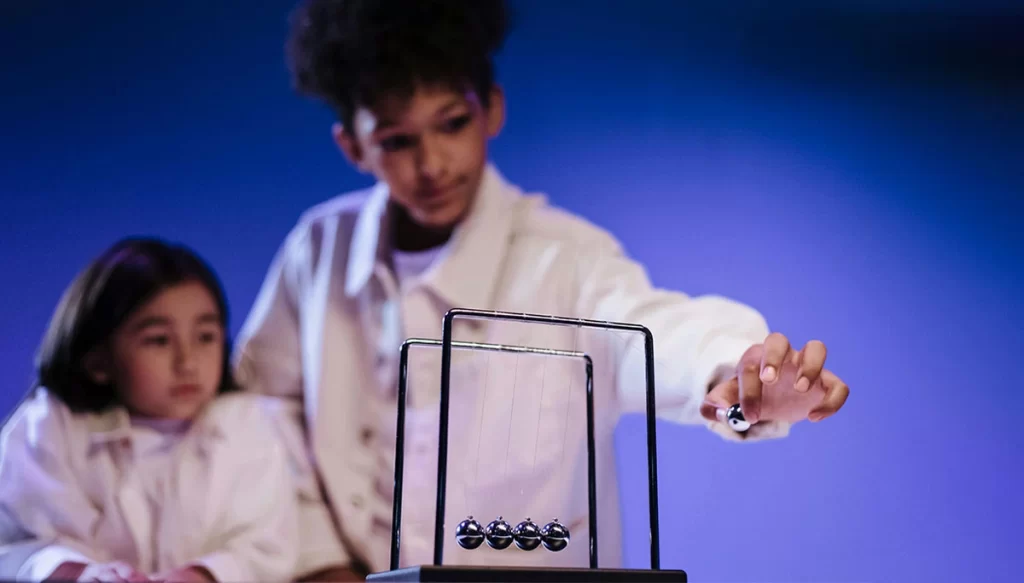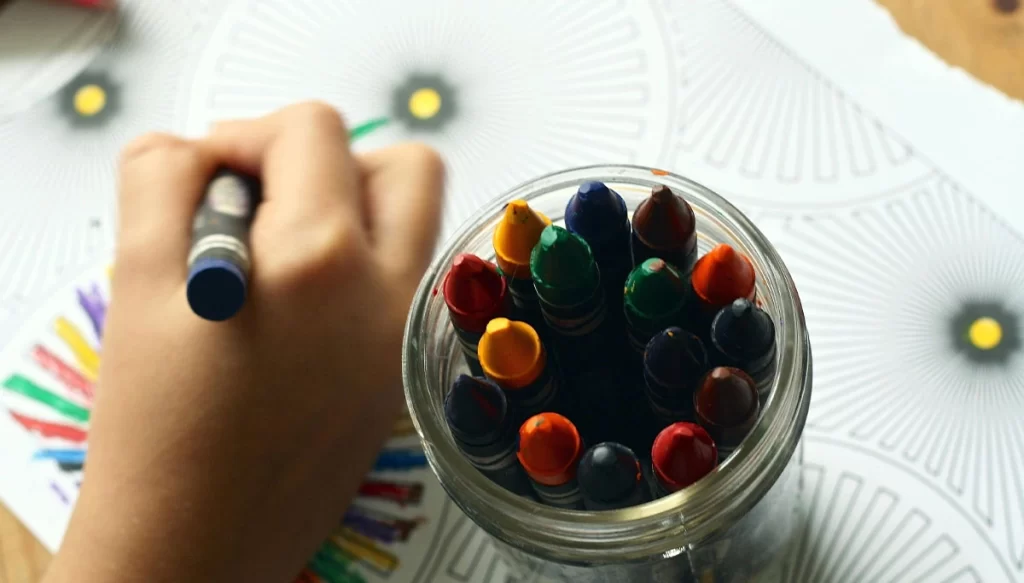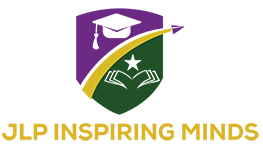
Preschool is one of the most exciting times in your child’s learning journey. It’s where they start to explore new things, have new experiences, make friends, and so much more. It’s like a whole new world opens up for them, and what better way is there to support their journey than to continue the preschool curriculum learning fun at home.
At Inspiring Minds Preschool we believe early education should be meaningful, purposeful, and playful. Children learn best when they’re having fun, which is part of why we blend the structure of curriculum learning with the joy and excitement that comes with learning through play. We value every unique child, so giving them the room they need to grow at their own pace is one of our top priorities.
As a parent, caregiver, or guardian, you can support your little one’s development by continuing the fun and learning from home. Your influence plays a pivotal part in their early development, so when you join hands with the school and continue to make learning special for your kids, you set them up for a lifetime of enjoying growth. WE have some simple tools, tips, and ideas for you to explore through this article, especially if you thrive on something practical.
What Does A Quality Preschool Curriculum Include?

A high-quality preschool curriculum supports your child’s early learning with a focus on cognitive, emotional, social, and physical skills development. At our preschool, we take inspiration from Montessori, Reggio Emilia, and Waldorf philosophies to create a holistic learning environment that nurtures a child’s natural curiosity and creativity.
Below are our core focus areas and some ideas for how you can support them in their growth.
Language And Literacy
At their tender preschool age, children are interested in words and sounds, forming the basics of their language development. Our curriculum introduces vocabulary and helps them identify the differences between letters, sounds, words, and even rhythms in sentences. We read stories, sing songs, and engage in age-appropriate conversations.
At home: Read with your child daily, from when they are babies up to when they are ready to read to themselves. A nice way to engage with them is to ask questions about the story, and even to ask them to reword parts of the story in their own words. Act out scenes with their toys and put letters around the house to help them familiarize themselves with the different shapes and sounds. Associations are a key learning tool for little children, help them to identify and comprehend the world around them through stories and conversations.
Math And Logical Thinking

Preschool children learn about shapes, patterns, how to count which builds their cognitive and logical processing. They start to slowly understand big and small, more or less. Solving small problems is a natural intrigue for them, and they may even start to ask ‘why?’ a lot more. We encourage you to be patient and respond to their questions with answers that will mold their thinking and encourage them to explore deeper concepts. Critical thinking and analysis are also key parts of math and logic.
At home: Count all the time, count everything you can with them. Hands, feet, toes, fingers, cars, flowers, petals, pasta, blocks… anything that will trigger their ability to understand numbers. Sorting games are also a key part of their learning and will pique their interest.
Science And Nature

Science is an excellent subject to practice with preschoolers. Their inquisitive nature makes it easy to surprise them with age-appropriate scientific experiments and results. They learn through play, but part of that is observing, touching, and exploring new concepts in nature. We look at weather, plants, basic experiments, and animal studies in our classrooms.
At home: Nature walks are a perfect way to get kids moving – we all know they have enough energy! You can find leaves, flowers, and other items along the way, take them home, and sort them into different categories – big, small, by color, even by texture (which might be slightly complex, but give it a try once they get the hang of it). There are loads of easy science experiments on Pinterest too.
Art, Creativity And Expression

Preschoolers are in the age of imagination play! In fact, this forms part of an essential aspect of a child’s development within the curriculum we follow. These artistic activities help kids express and identify emotions, develop motor skills, and build self-esteem.
At home: It’s always a good idea to have a box of craft supplies in your home to pull out whenever you are in the mood to get creative with your preschooler. Music and dance can also help to continue the fun of creativity and expression. Dress up with them, have tea parties and get inventive with imagination based playtime. Be sure to encourage them and praise them when they step up and express themselves!
Social skills start kicking in from preschool. Learning to share, taking turns, understanding their personal boundaries, and emotional regulation are all huge skills these little ones learn in our preschool.
At home: Encourage your child to identify and share their emotions with you. You can even see using different colors to express different feelings. Practice taking turns and learning to win and lose well by playing games. Role play and other social scenarios also teach children to consider the feelings and personal space of others. Most of all, set the example by how you regulate your emotions, practice patience, and kindness too in everyday life.
Physical Development

We look at the child’s gross and fine motor skills in our curriculum. Physical activity and playing outside on jungle gyms and other playground obstacles are perfect for building strength, spatial awareness, and more in young children. They test the limits, and what better way is there to learn?
At home: Build obstacle courses in and around your home and let your child get involved in the building and creative process, too. Spend time cutting and learning to hold a pencil together while you do crafts or color in. Textures are also part of sensory development, try finger painting, texture painting, lacing cards, or building blocks together. Use these activities to bond and have fun with them.
The Top Preschool Curriculum In Tamarac
A good preschool curriculum is more than just writing, reading, and learning numbers; it’s an opportunity for children under the age of six to explore, grow, and thrive in the freedom of imagination. When you connect with a school’s ethos, you get more information on the curriculum and find creative ways to enrich your child’s learning experience from home, you make an investment in the child that will last them a lifetime.
At Inspiring Minds Preschool, we also integrate STEAM learning into our curriculum, and we are here to support your family every step of the way. Let’s join hands to nurture the joy of learning in every child’s early school career. Get in touch with us to learn more at info@jlpInspiringMinds.com.
